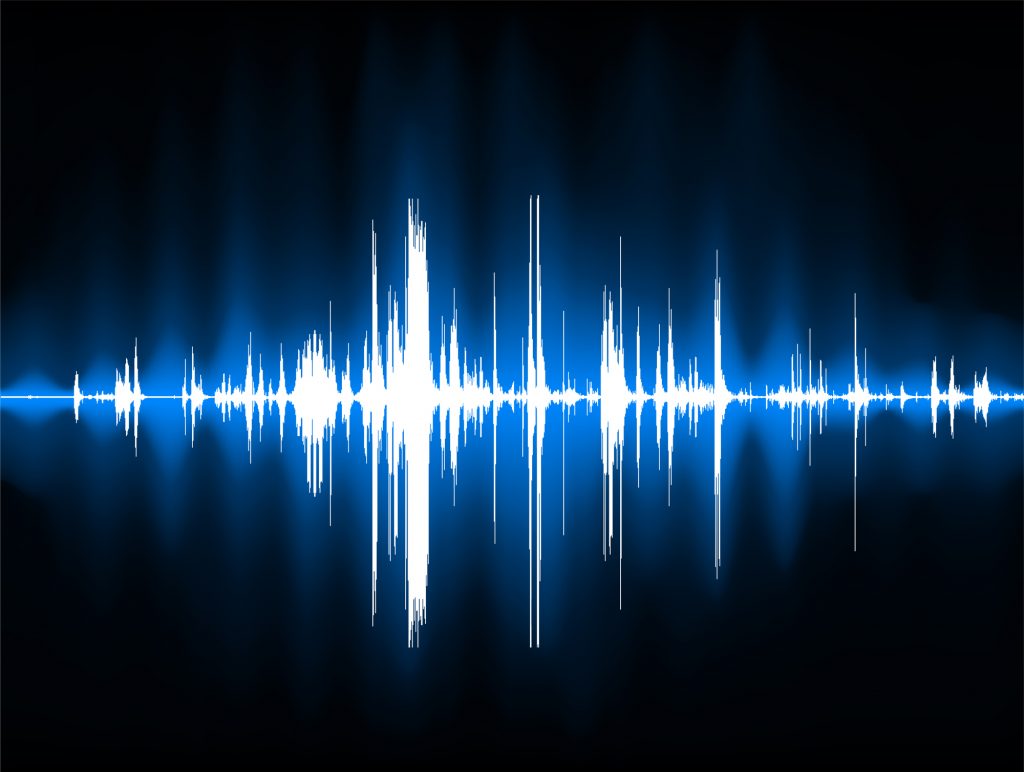The oldest electromagnetic signal we can analyze is the cosmic background radiation, a testimony that dates back to 13.8 billion years ago. Here’s what it is and why it’s so important.
One of the most fascinating things about the universe is that at any given moment we are literally engulfed in a sea of photons of electromagnetic radiation that came from the Big Bang. I think even today we still feel some of the warmth that was there in the beginning. If you turn on a radio, for example, a small part of the static noise is due to cosmic background radiation, which we also talked about in a previous article. But what exactly is it and why is it so important to science?
Echo of the Big Bang
To understand this we have to go back for a moment to about 300,000 years after the Big Bang. There was nothing in the universe at the time we see it today. There were no stars, no galaxies, just protons and electrons. There were also helium nuclei of two protons and two neutrons and small traces of other light nuclei. However, most matter is made up of protons: many scientists claim that there are also neutrinos and possibly traces of dark matter particles that we still can’t explain exactly.
Then the photons appeared. They are the particles that make up light and any other type of electromagnetic radiation. In short, in the universe, at that time, there was a lot of light and a lot of heat. Normally, protons and electrons tend to bond together to form hydrogen atoms, however In such a situation They couldn’t get it, because there were too many photons and the temperature was too high. Among other things, photons interact with electrically charged particles such as electrons, so they cannot travel freely.
cosmic background radiation
If I had been there, I would have seen nothing but a glowing haze, somewhat like being inside a star. However, we do know that the universe has been expanding and that electromagnetic radiation has been redshifted as well. So the frequency of the electromagnetic radiation decreased, its energy decreased, and at some point, when the universe was about 380,000 years old, the temperature was low enough that it could no longer decompose hydrogen atoms. Protons and electrons clumped together to form hydrogen atoms, then light shot out and photons began to scatter throughout the universe.
Let’s put ourselves in the shoes of these photons that start traveling in empty space for 13.8 billion years. At some point, one of these objects ends up being picked up by an antenna located in New Jersey (USA). It is the antenna thanks to which astronomers Penzias and Wilson first discovered, in 1964, the existence of the cosmic microwave background. It is one of the most important discoveries in the history of science giving us direct evidence that the universe was hot and dense in the past. Which is exactly what the Big Bang model says.
The fact that this radiation is so homogeneous also tells us that there are no special points in the universe and that every point in space is equivalent to all the others. It was amazing to think of being immersed in this sea of radiation coming from the primordial universe at all times.

“Infuriatingly humble social media buff. Twitter advocate. Writer. Internet nerd.”



